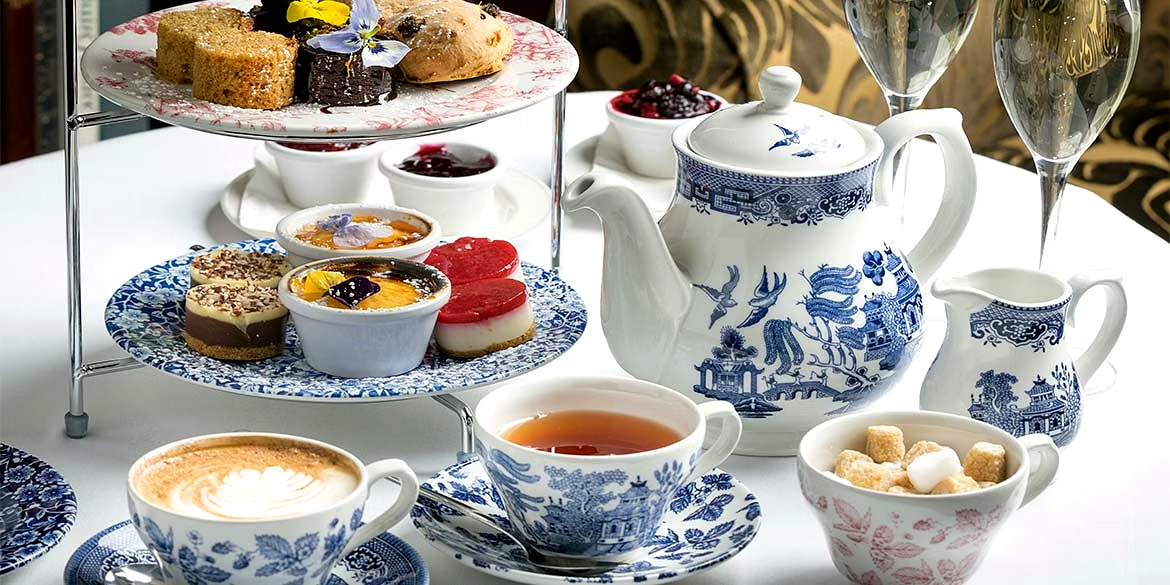Portuguese Influenced British Tea Culture
It’s far less known that it was the Portuguese who inspired tea’s popularity in England – in particular, a Portuguese princess made the drink a sensation in England. It is said that when Catherine of Braganza arrived from Portugal to marry Charles II in 1662, she brought with her a very large dowry that included money, spices, treasures and the lucrative ports of Tangiers and Bombay. This hookup made her one very important lady: the Queen of England, Scotland and Ireland.
Since the Portuguese had been importing tea to Europe from the beginning of the seventeenth century, Catherine had grown up drinking tea as the preferred everyday beverage. Her trousseau included baskets of tea leaves. She used them to throw tea parties at court. Catherine’s fondness quickly made it fashionable in England, and first the ladies of the court and gradually those further removed from royal life developed a liking for the elegant drink. These parties were such a success that drinking tea became a fashion that endures.
When Catherine arrived in England, tea was being consumed there only as a medicine, supposedly invigorating the body and keeping the spleen free of obstructions. But since the young queen was used to sipping the pick-me-up as part of her daily routine, she no doubt continued her habit, making it popular as a social beverage rather than as a health tonic.
And what happens with famous people? Non-famous people imitate them. When the queen does something, everyone wants to follow suit, so very, very gradually by the end of the 17th Century, the aristocracy had started sipping small amounts of tea. She started it as an aristocratic habit in her palaces – very posh, very upper class, and associated with fine living. Tea started to have very strong connections to feminine women and very big houses through Catherine, because the porcelain cost huge amounts of money.
Eventually the others too transformed tea into a more egalitarian drink.


